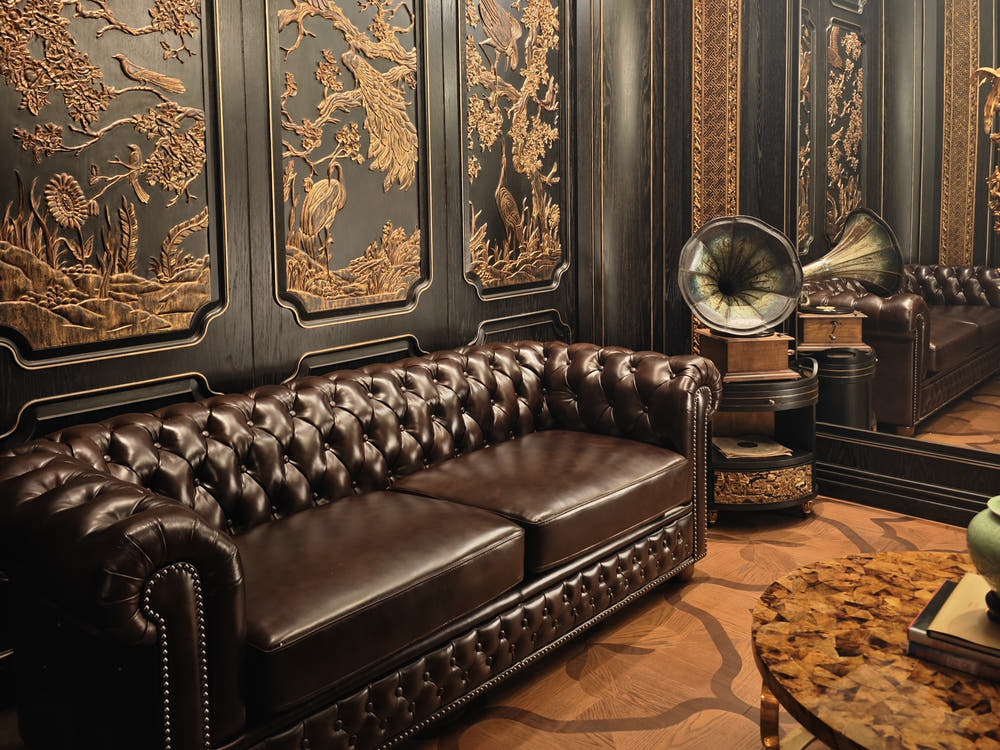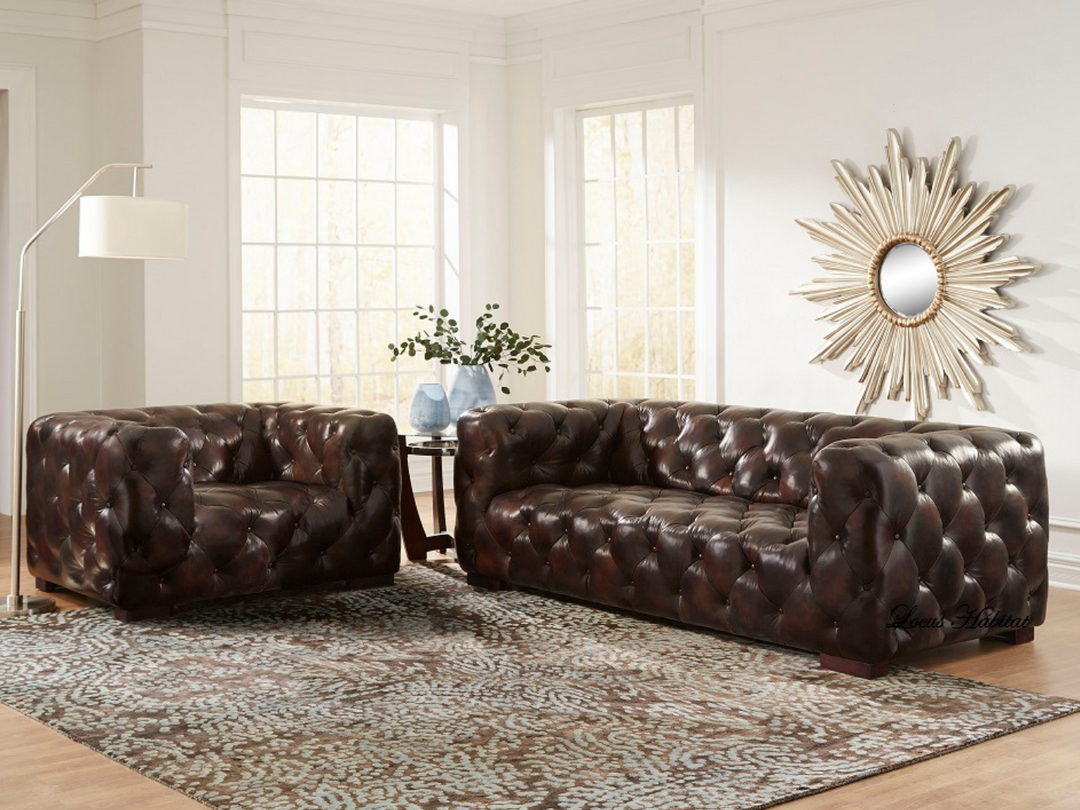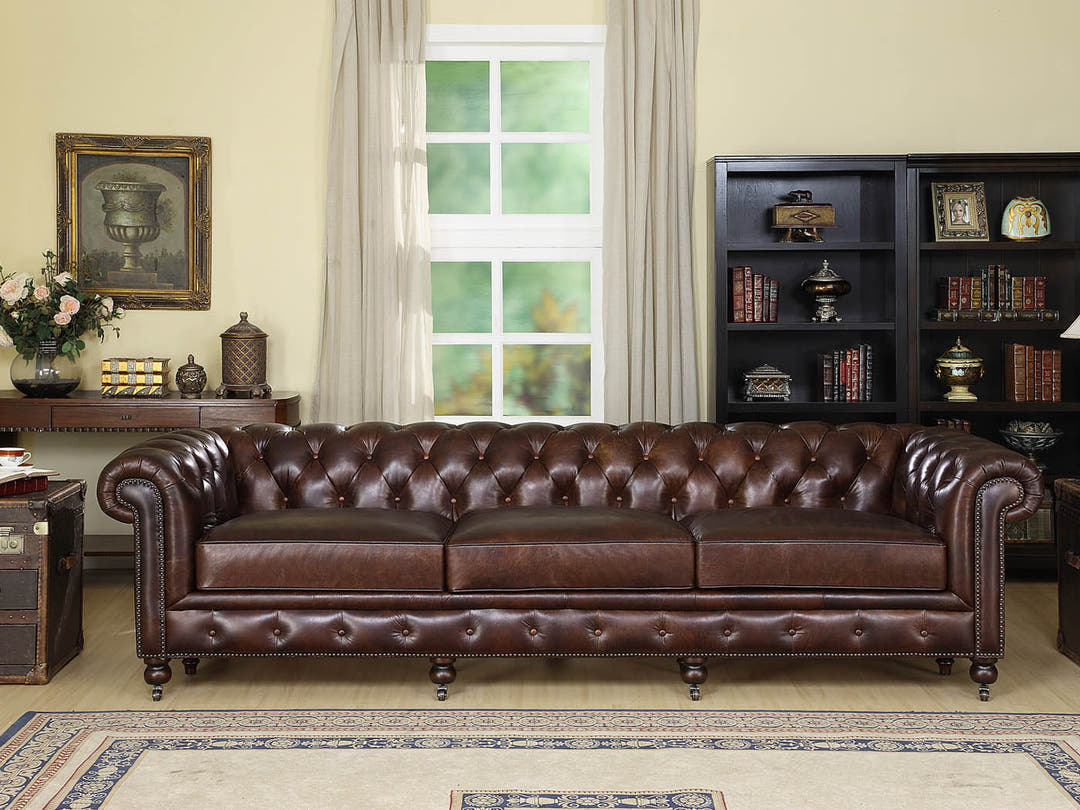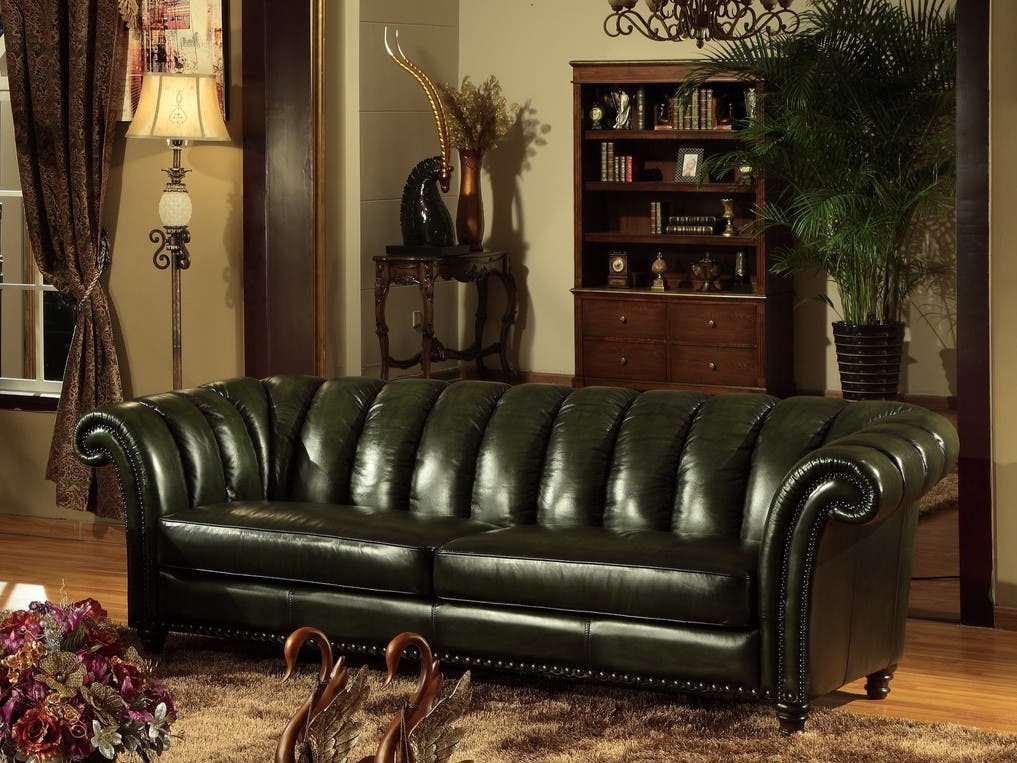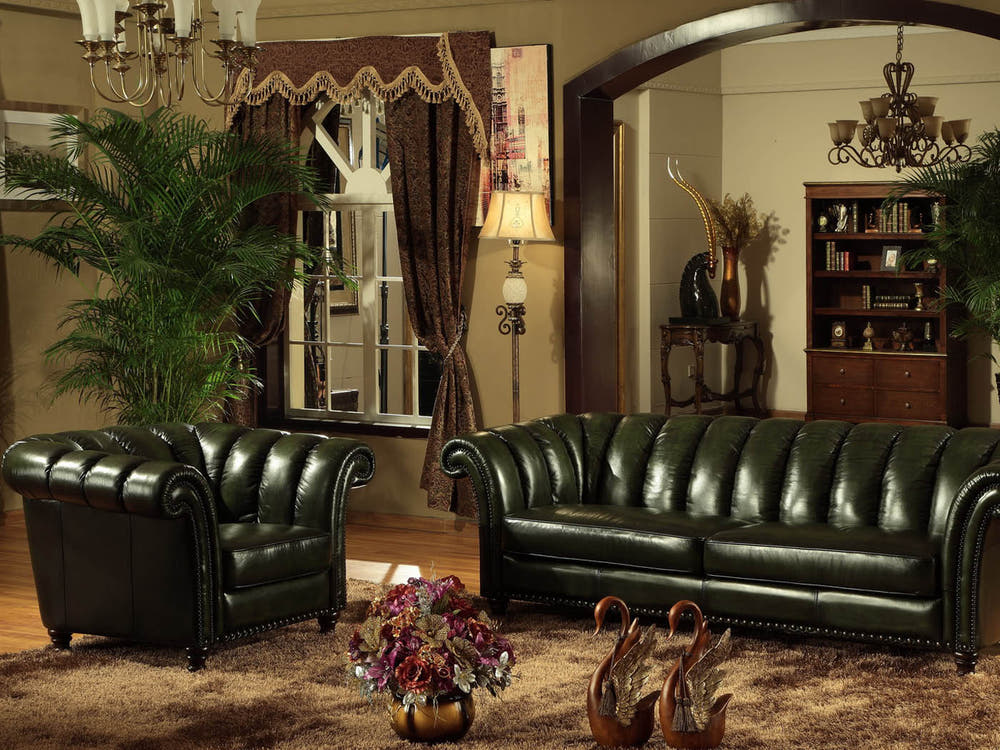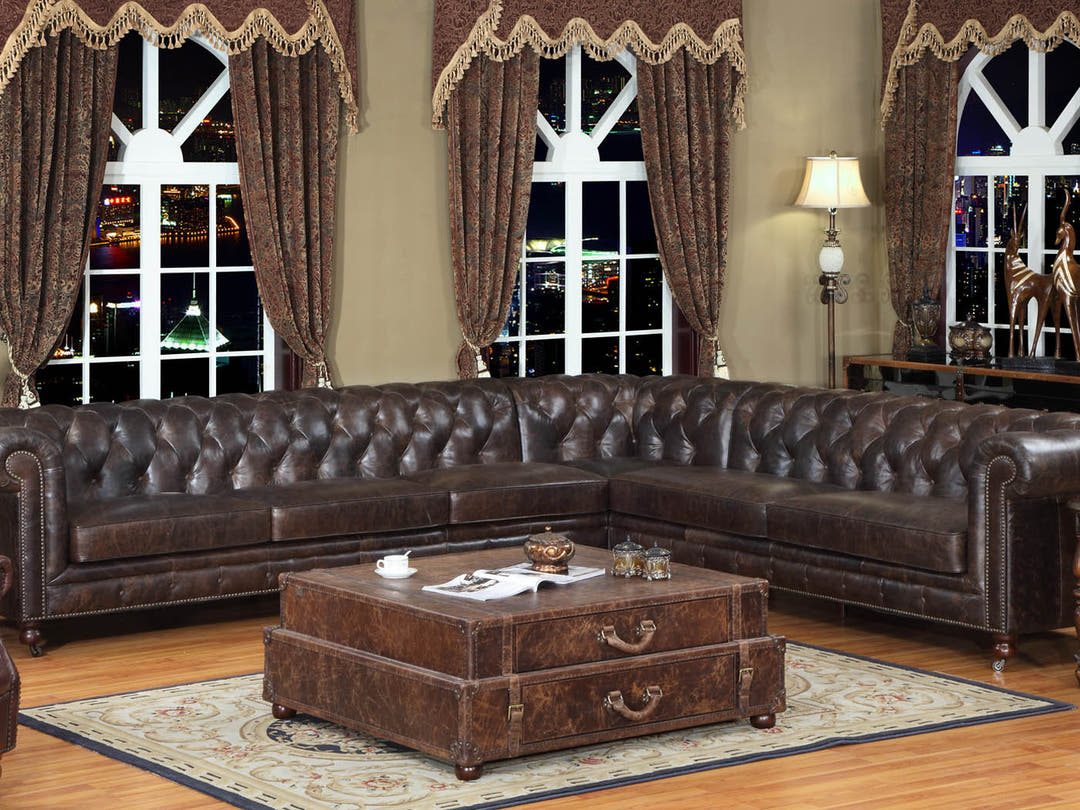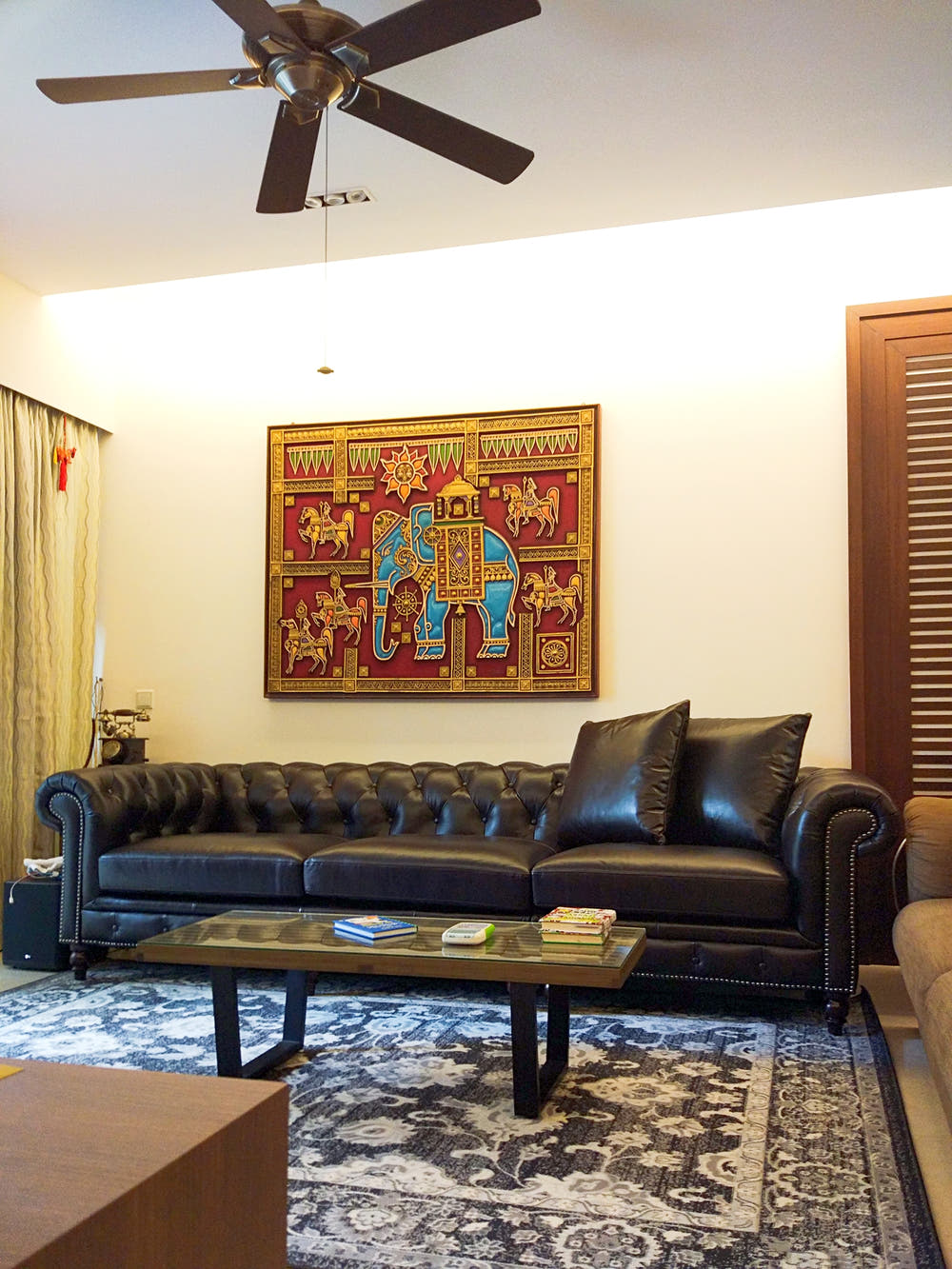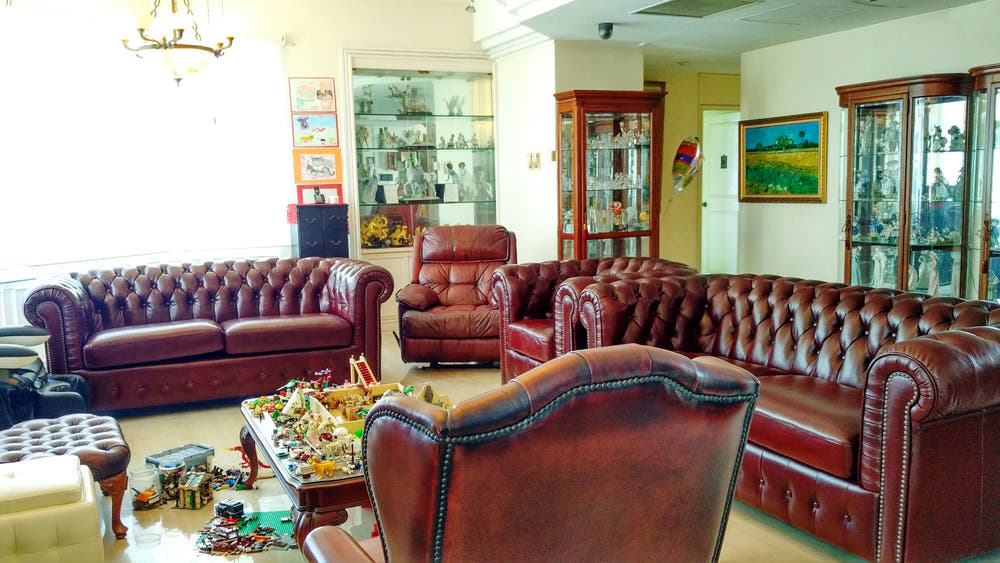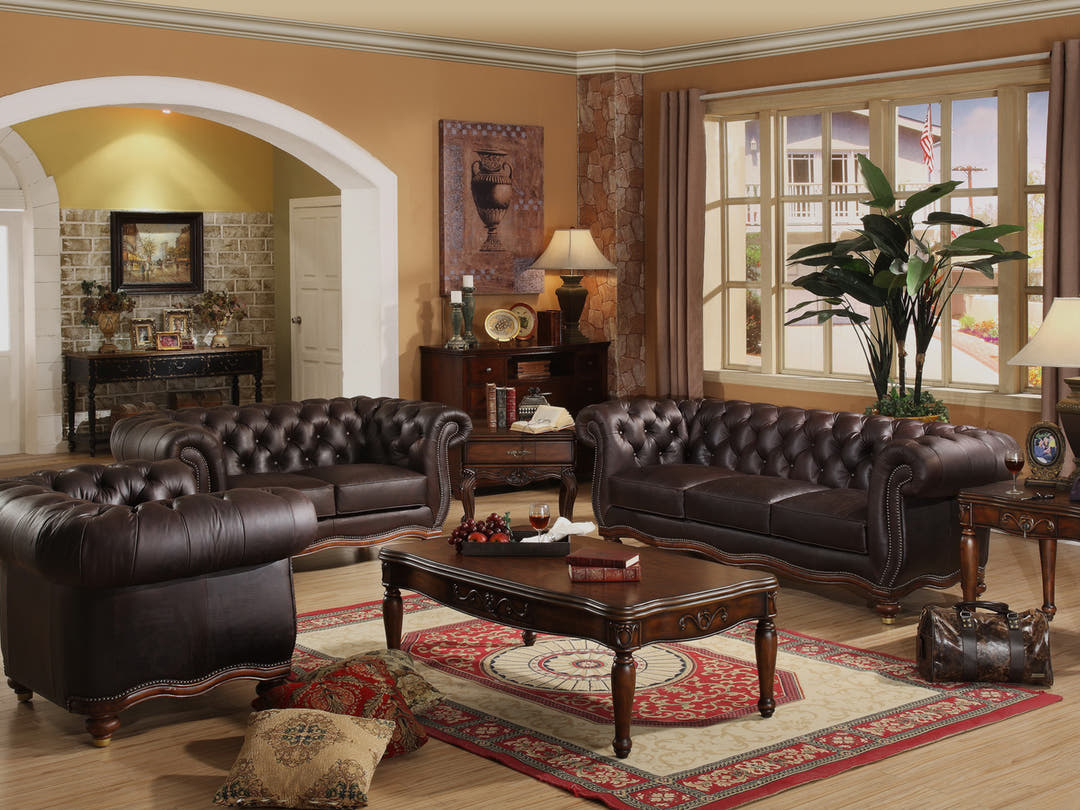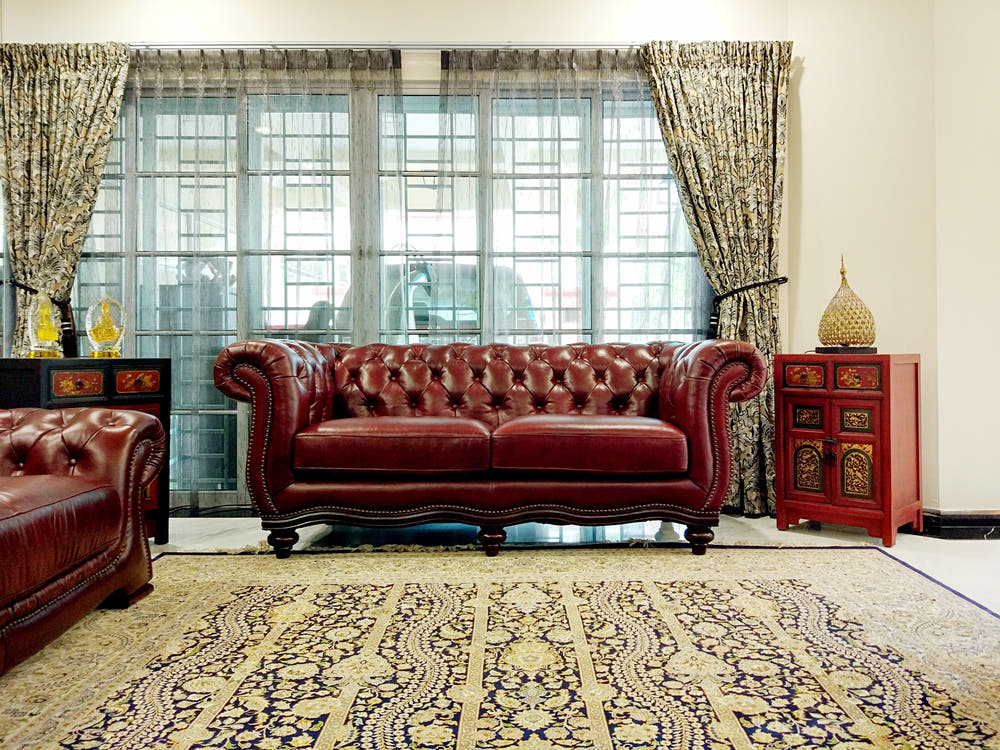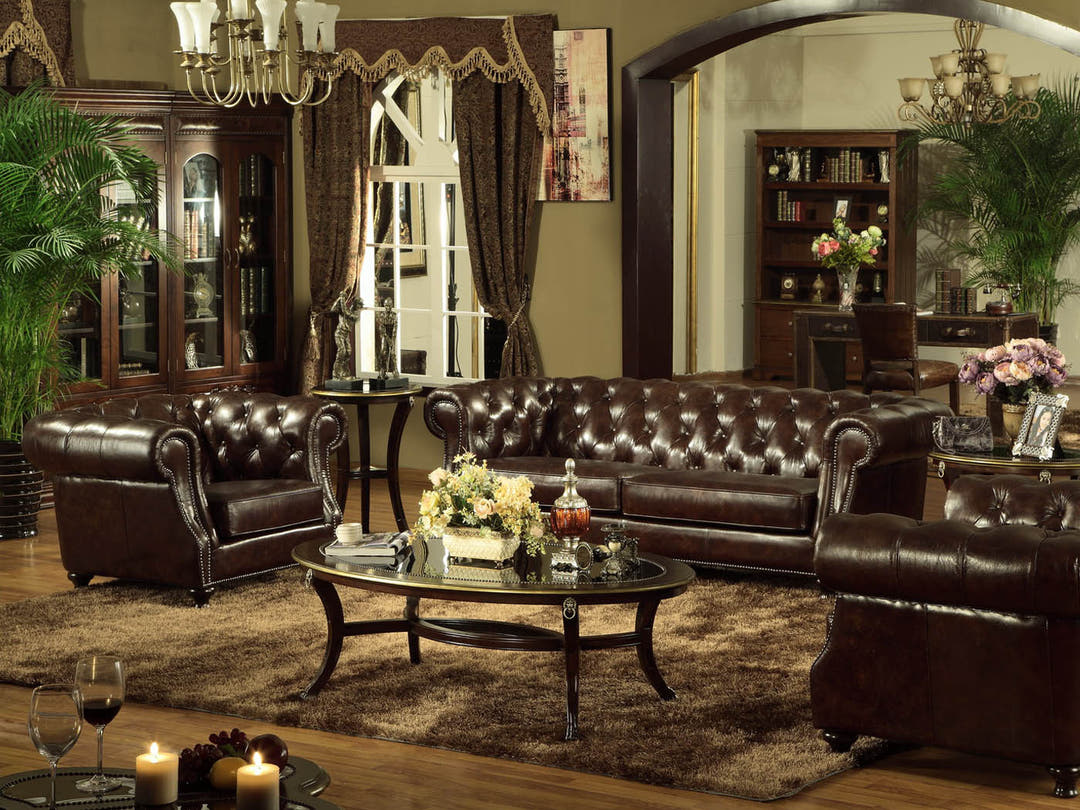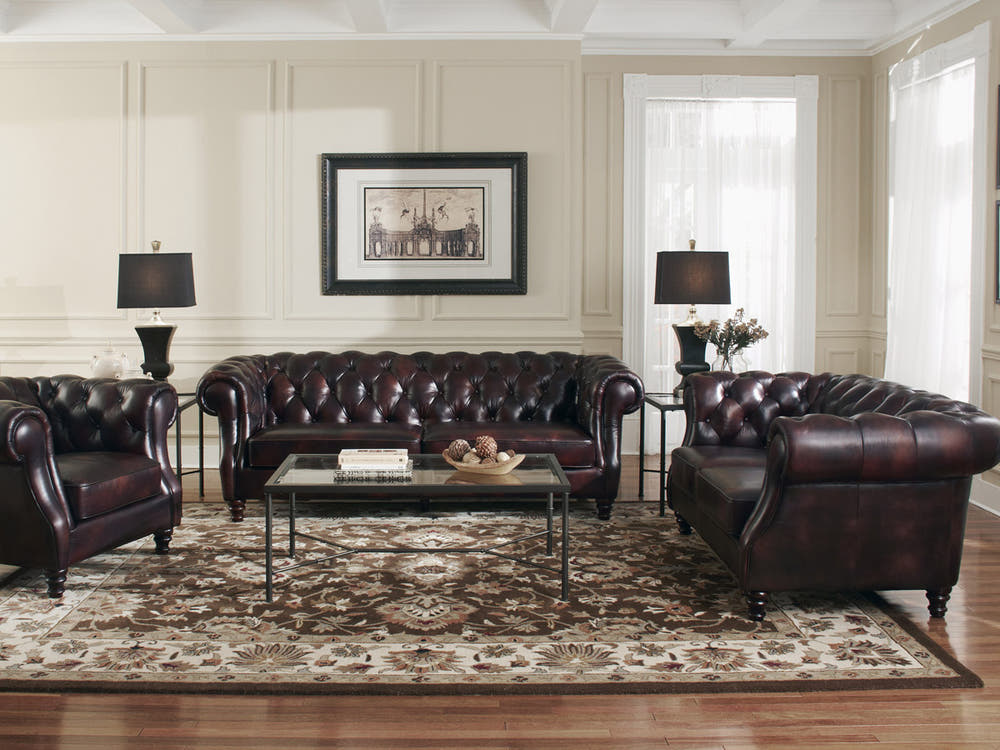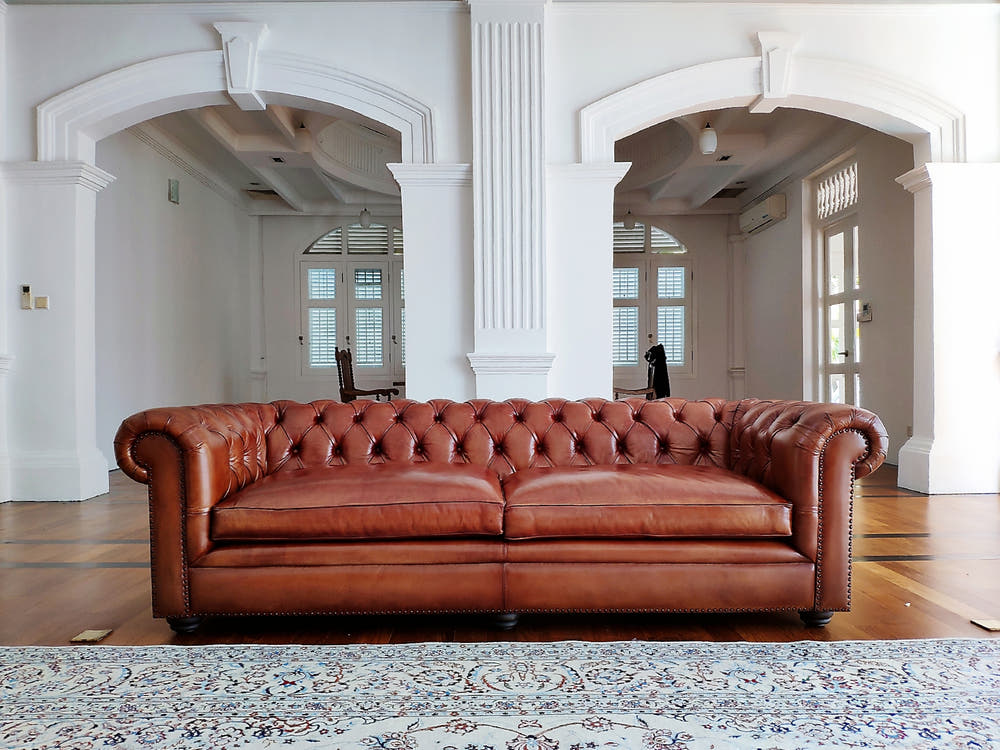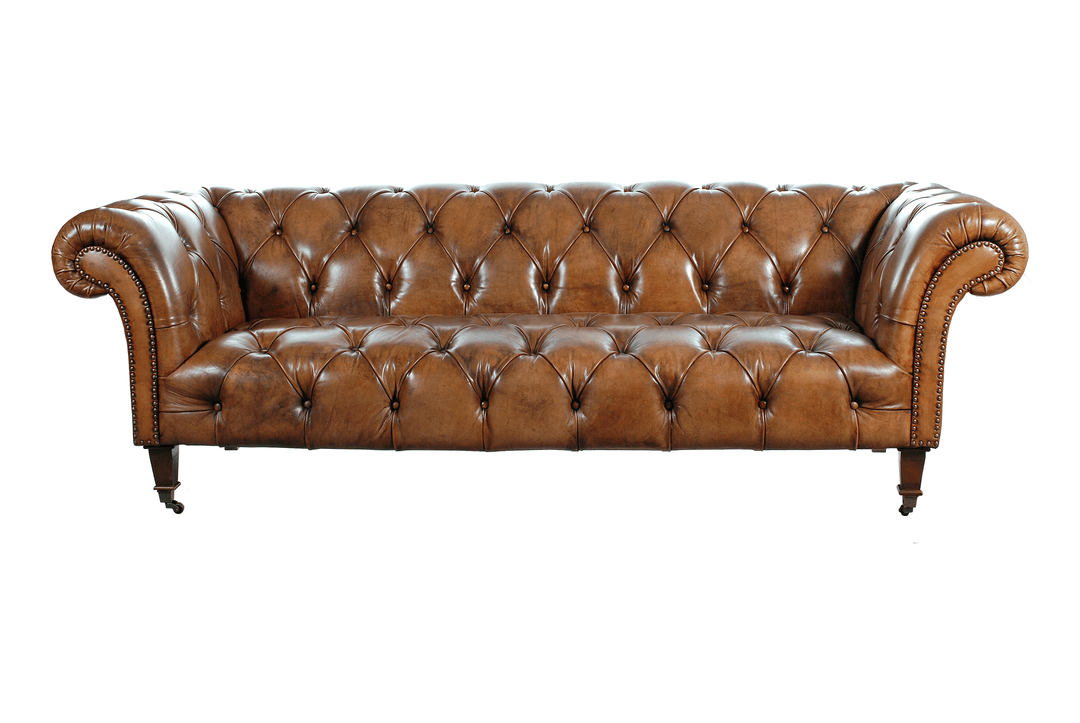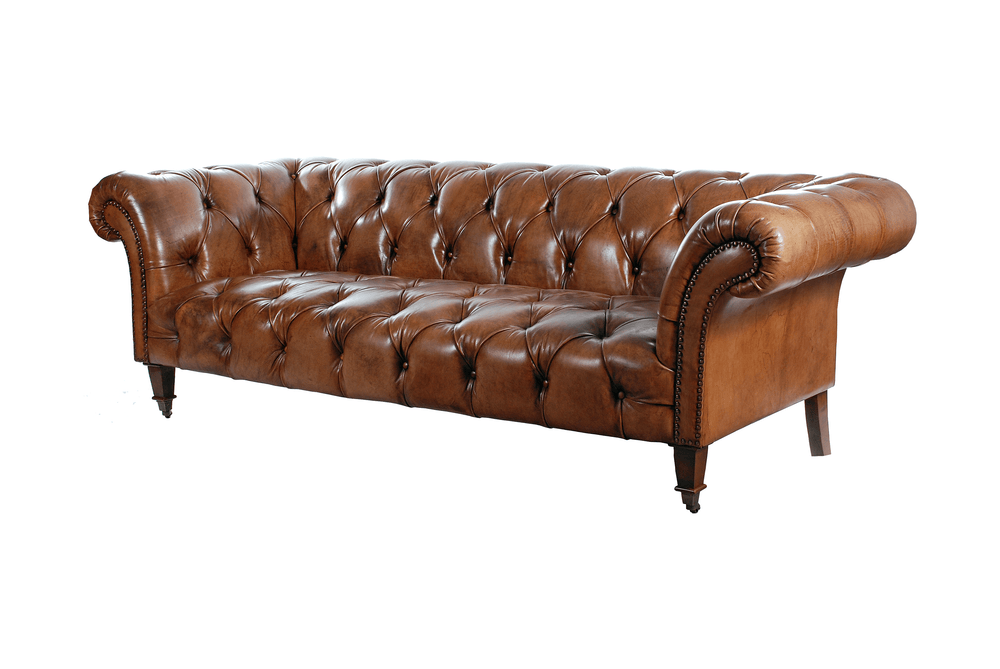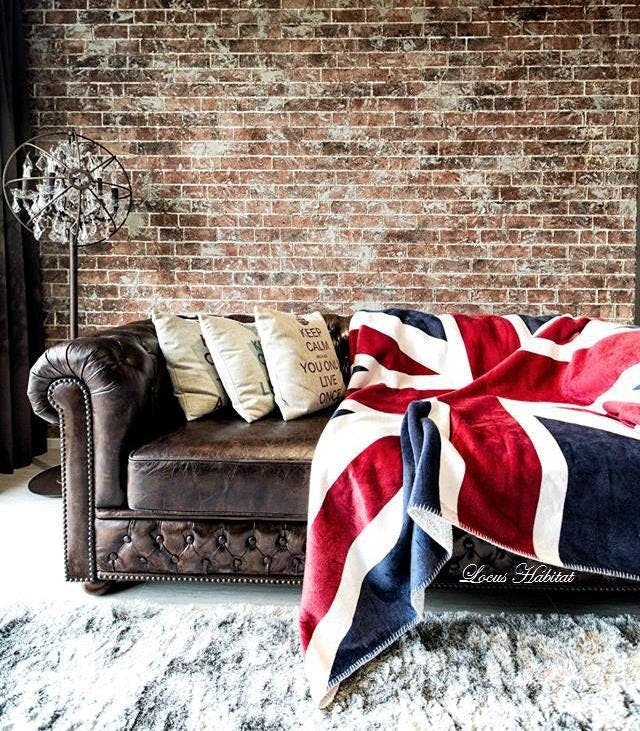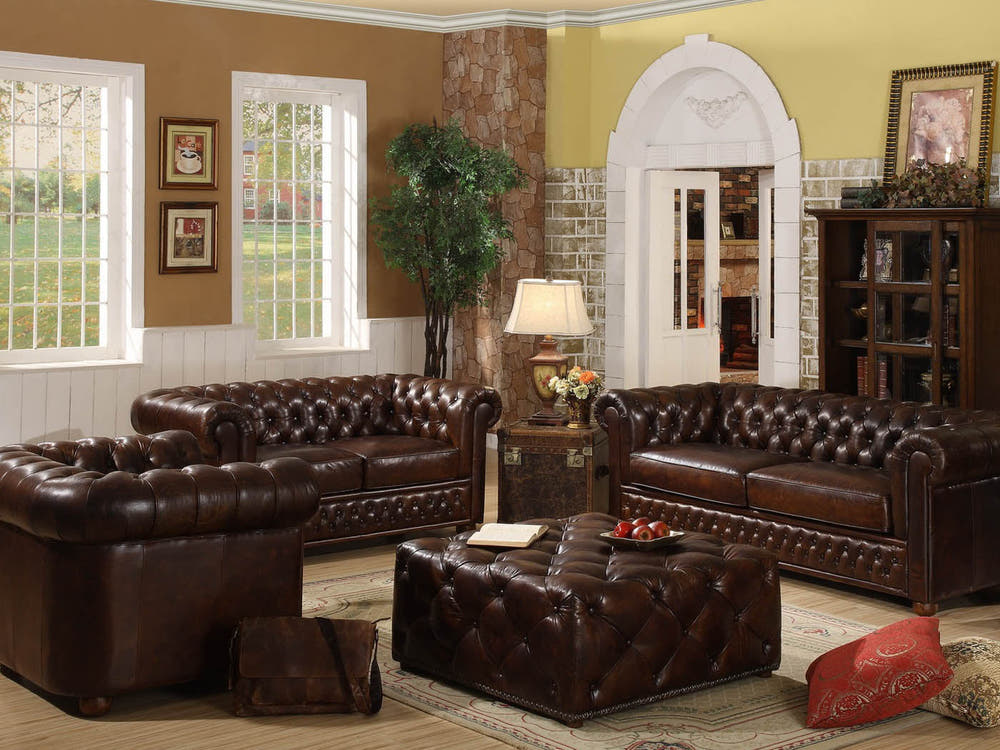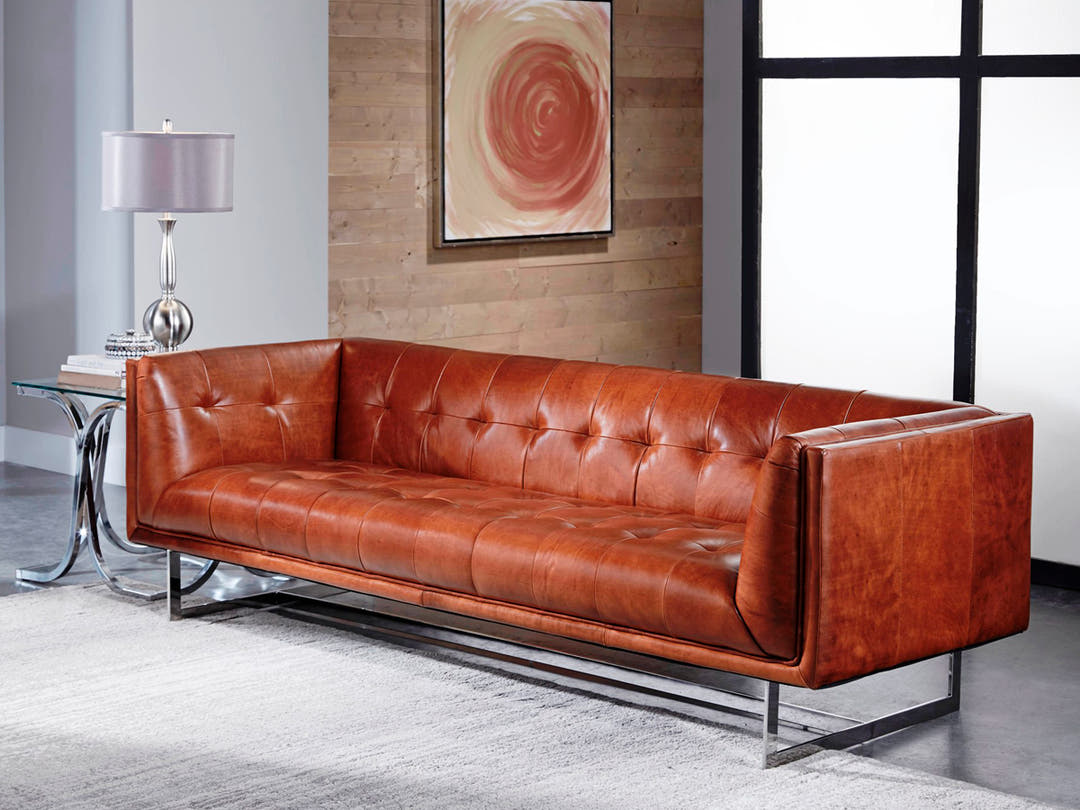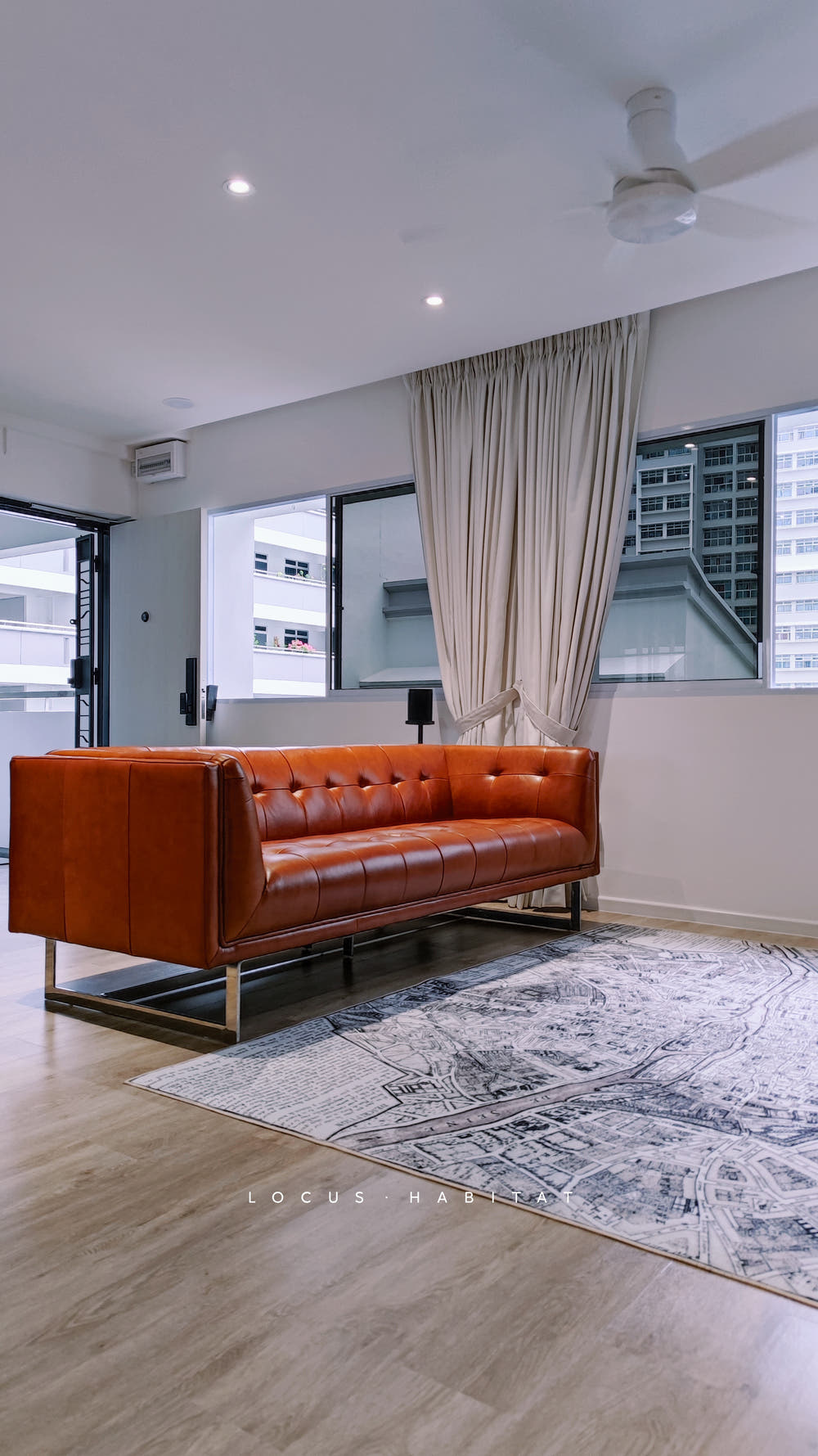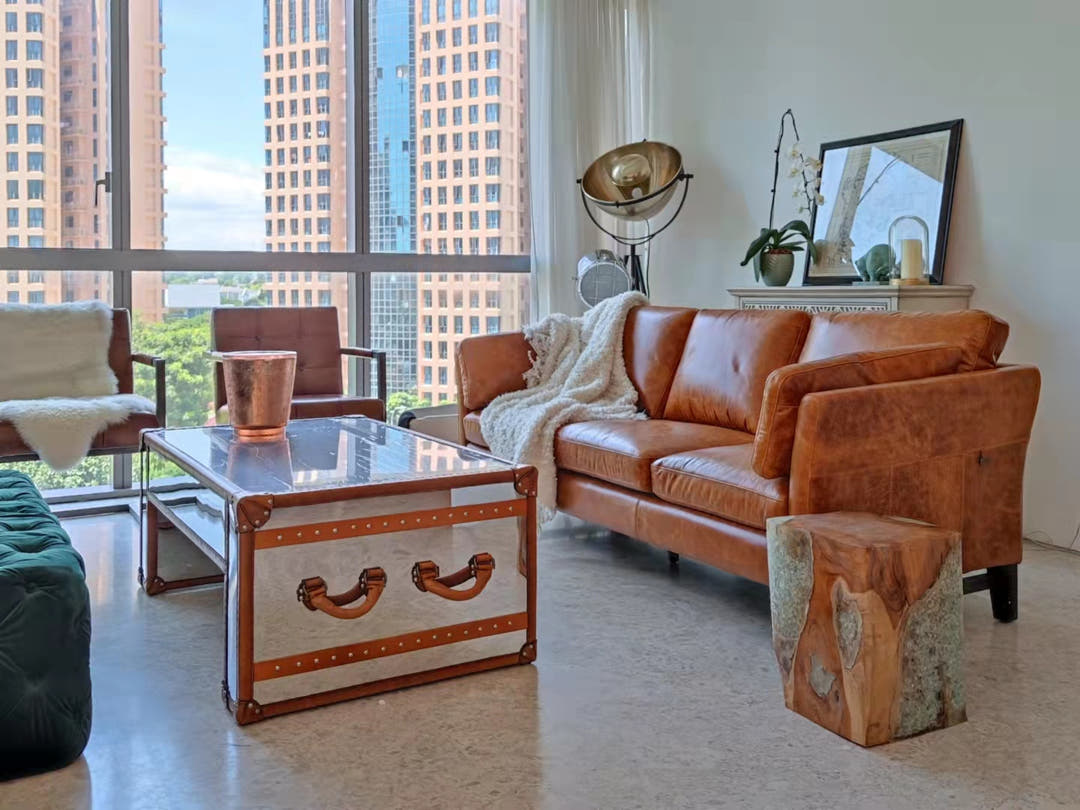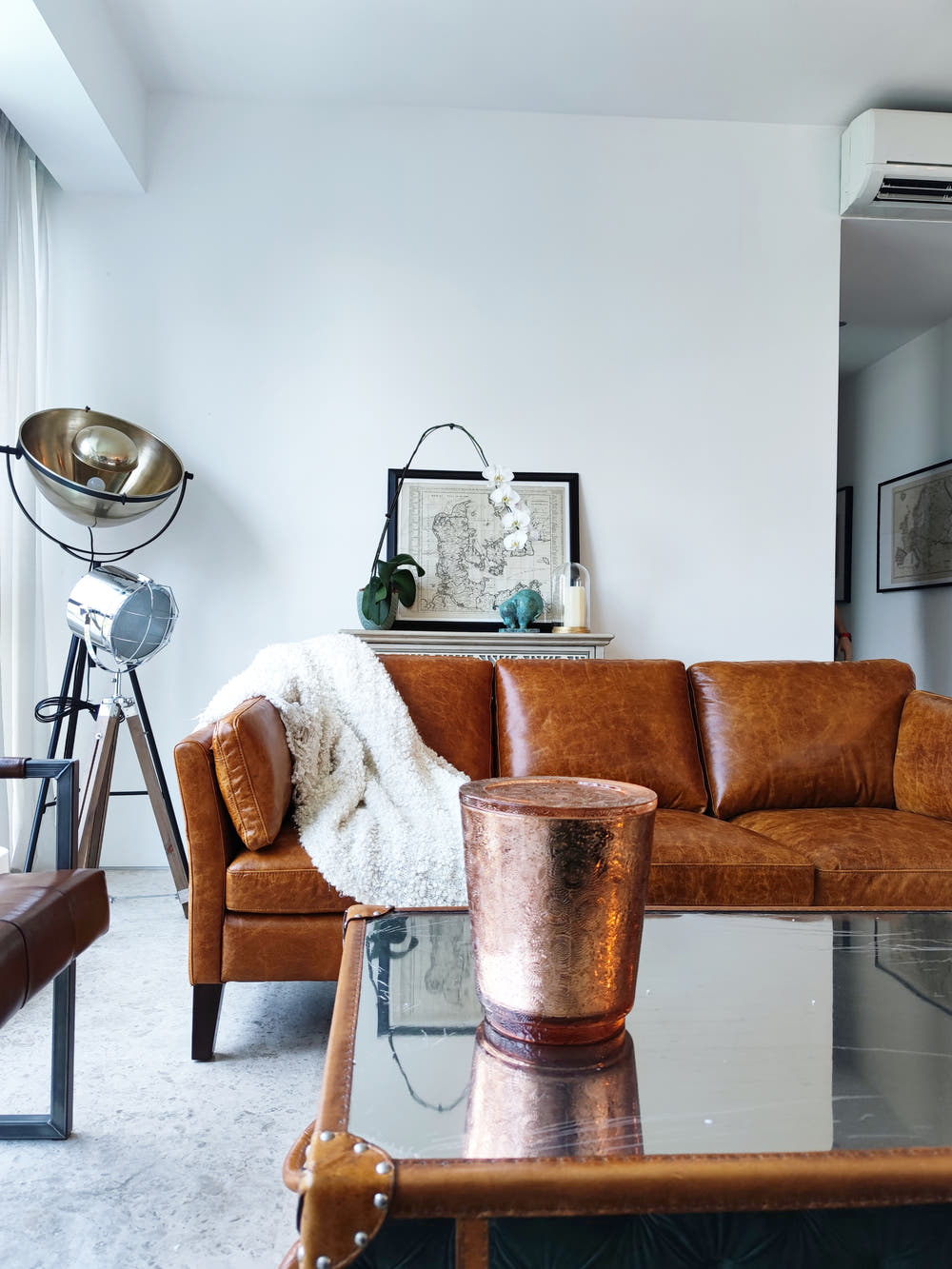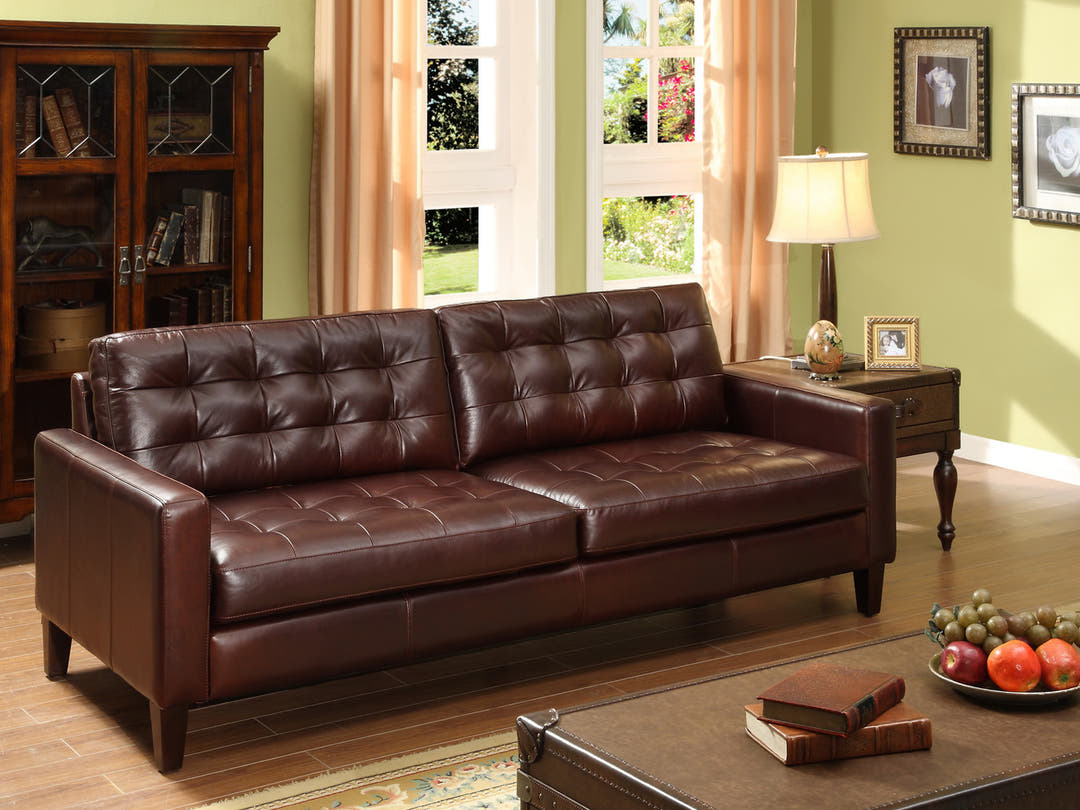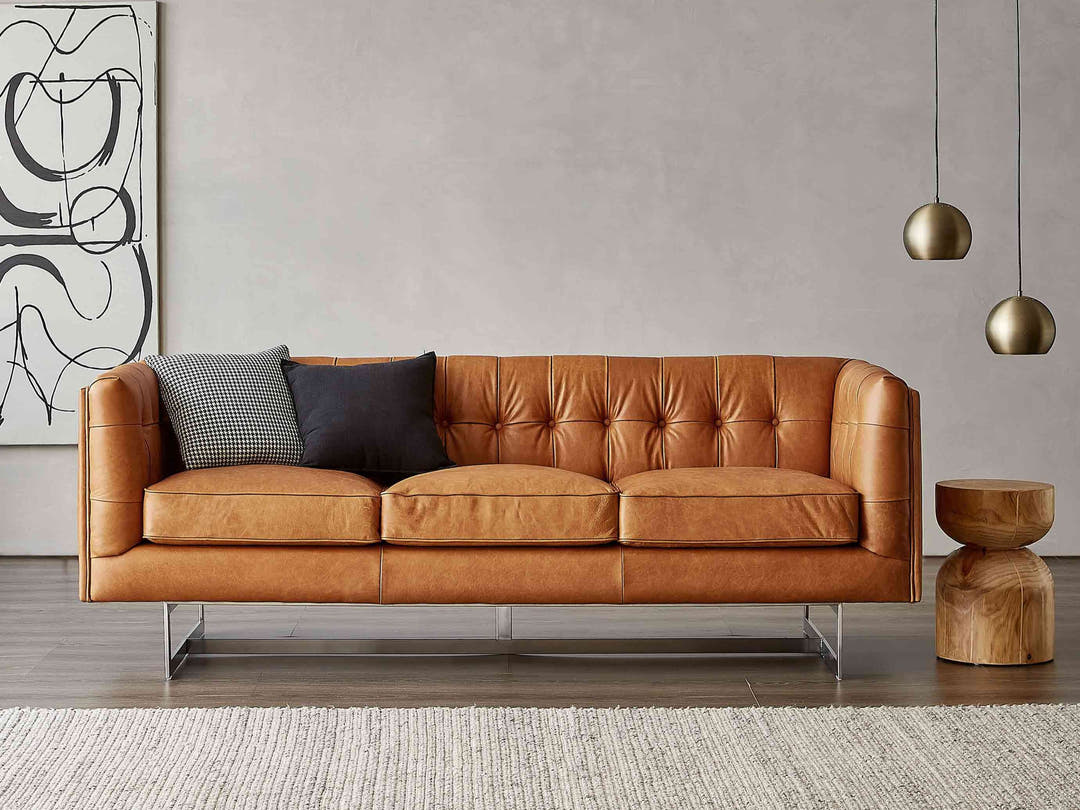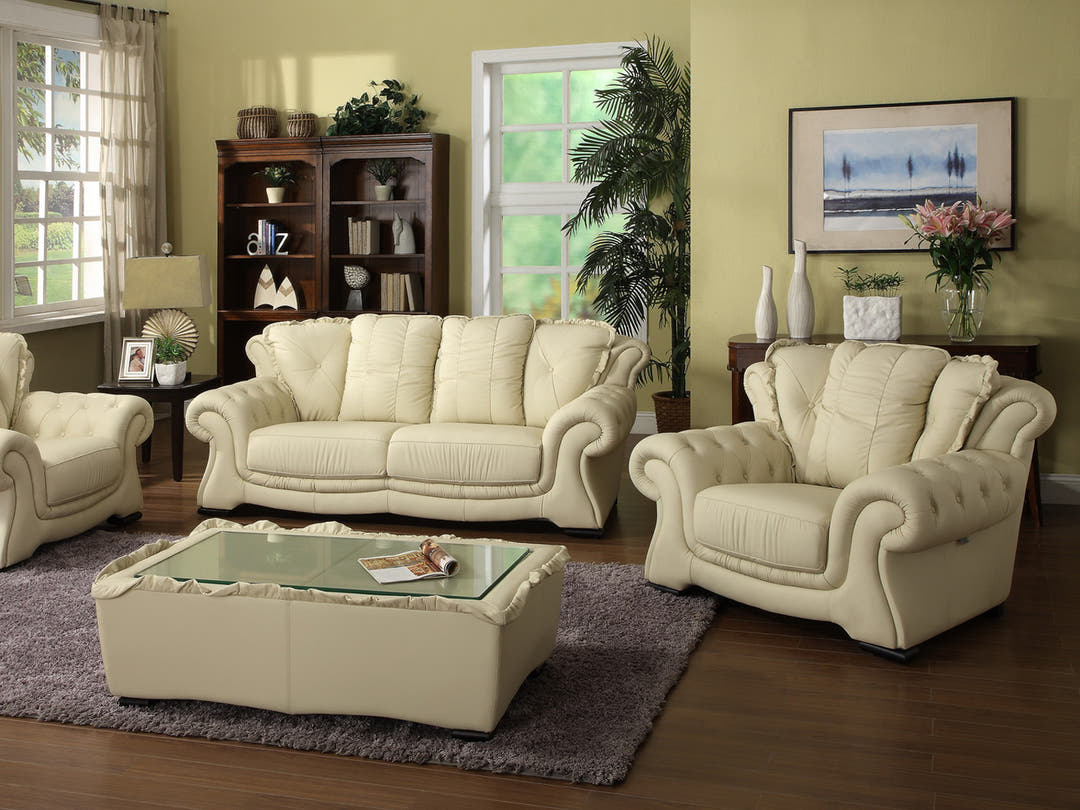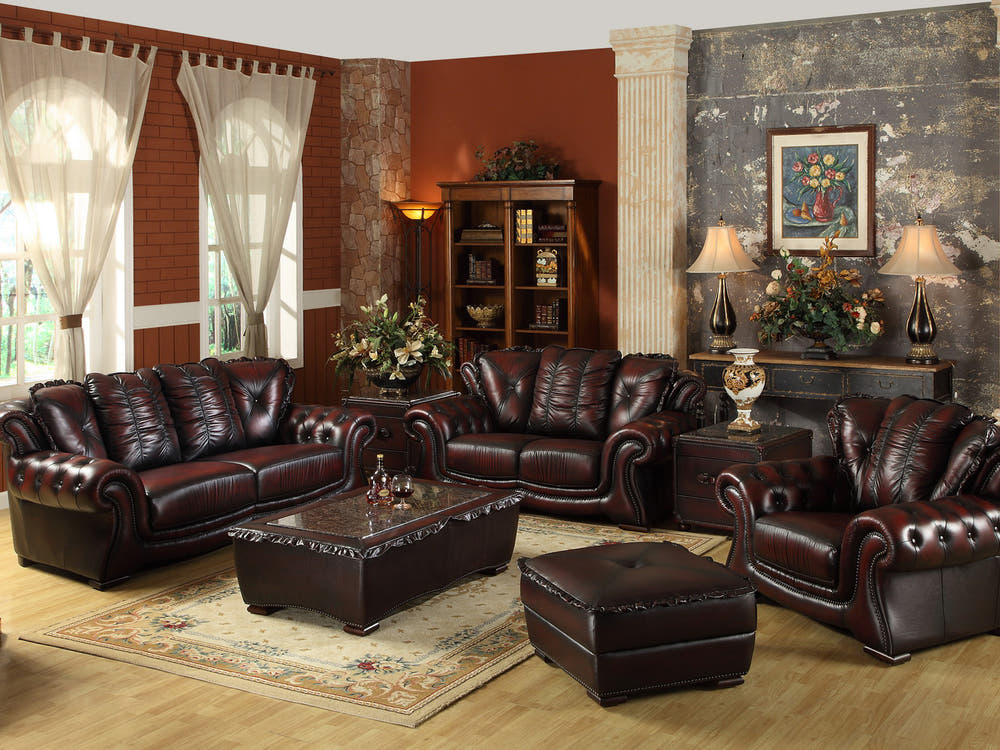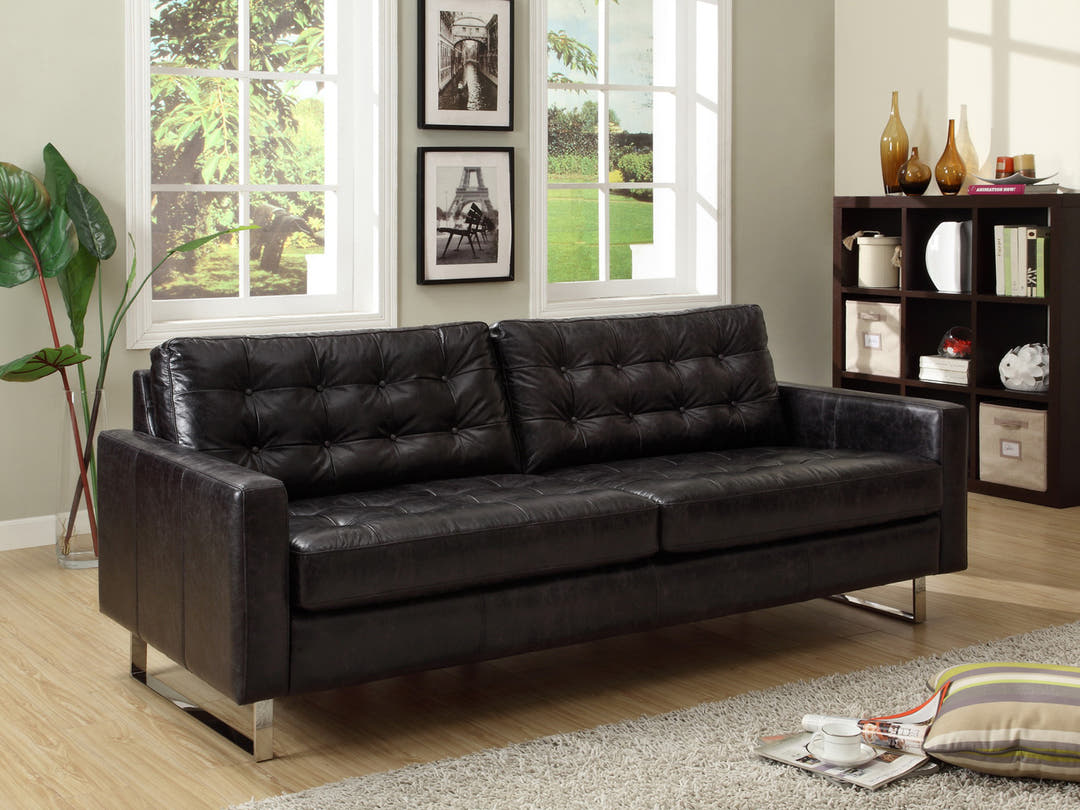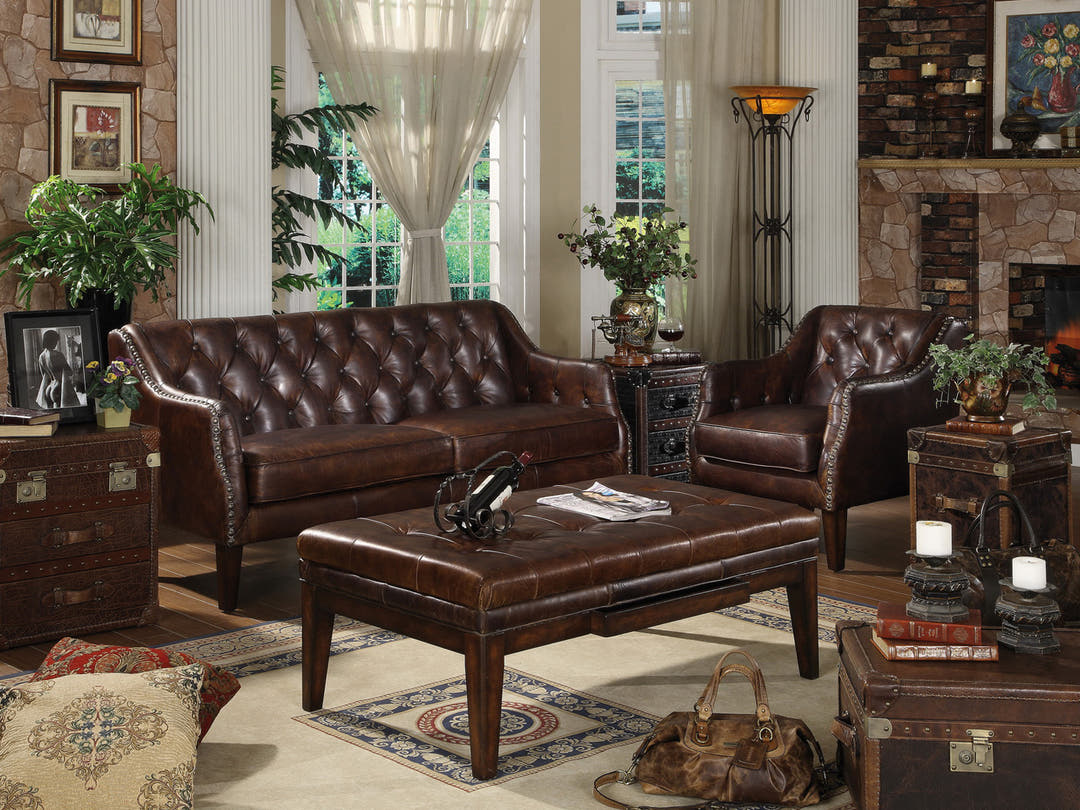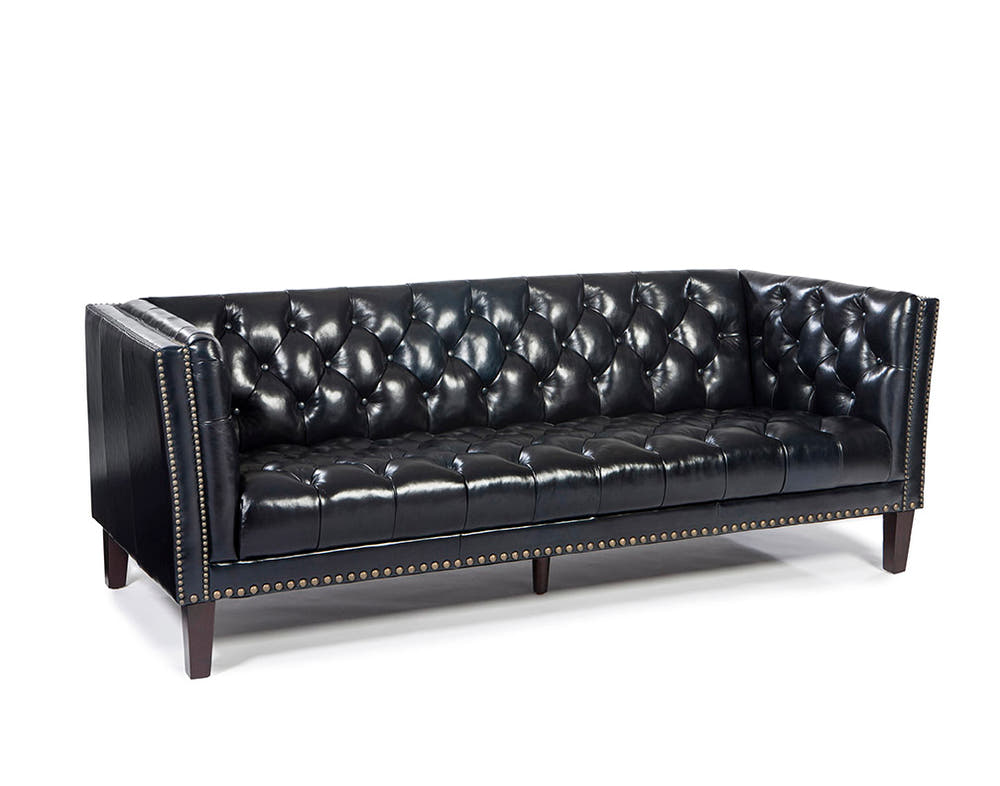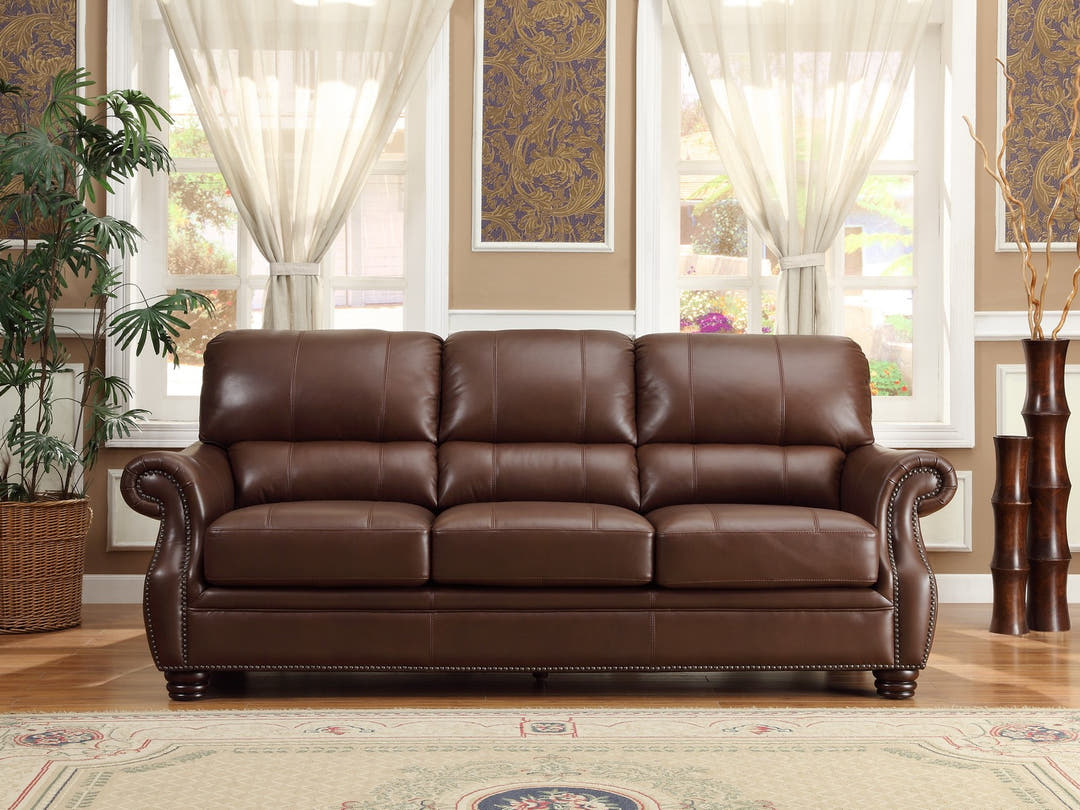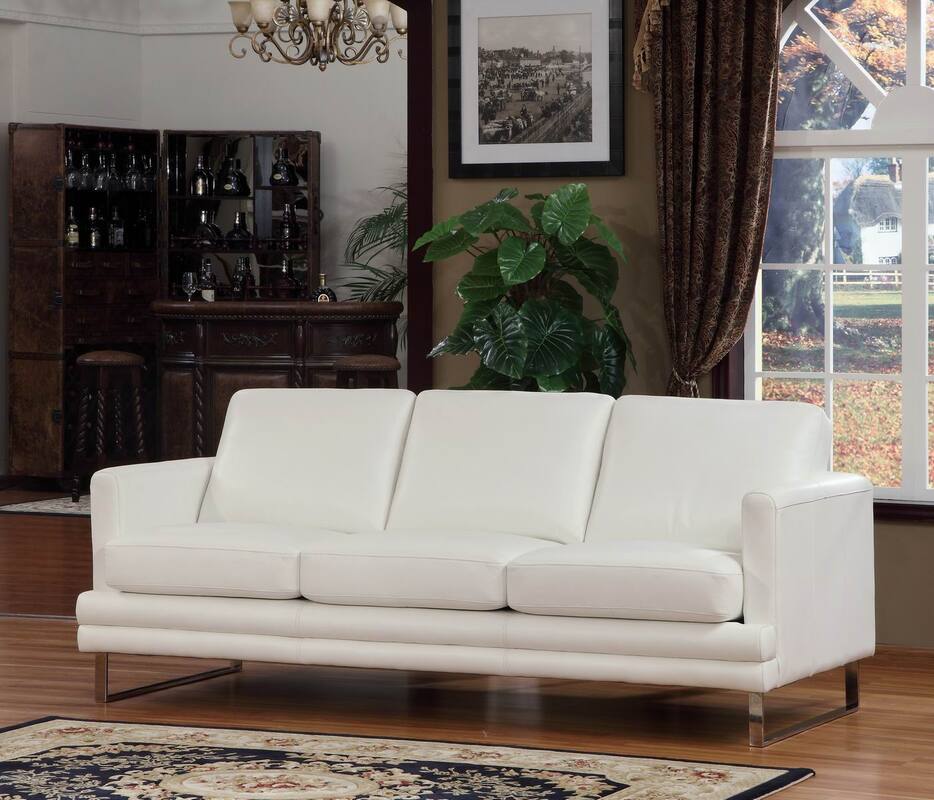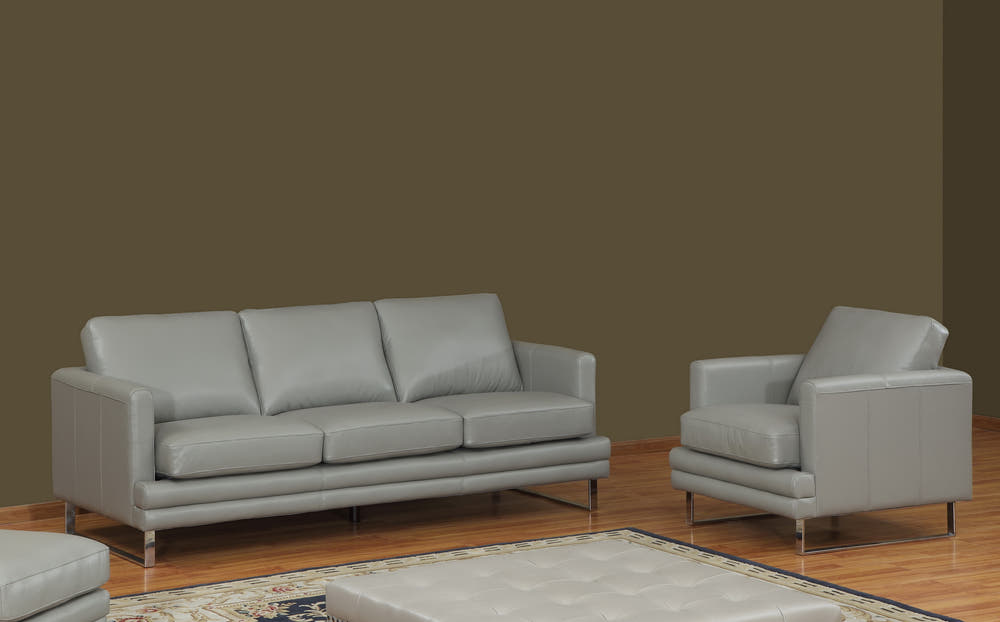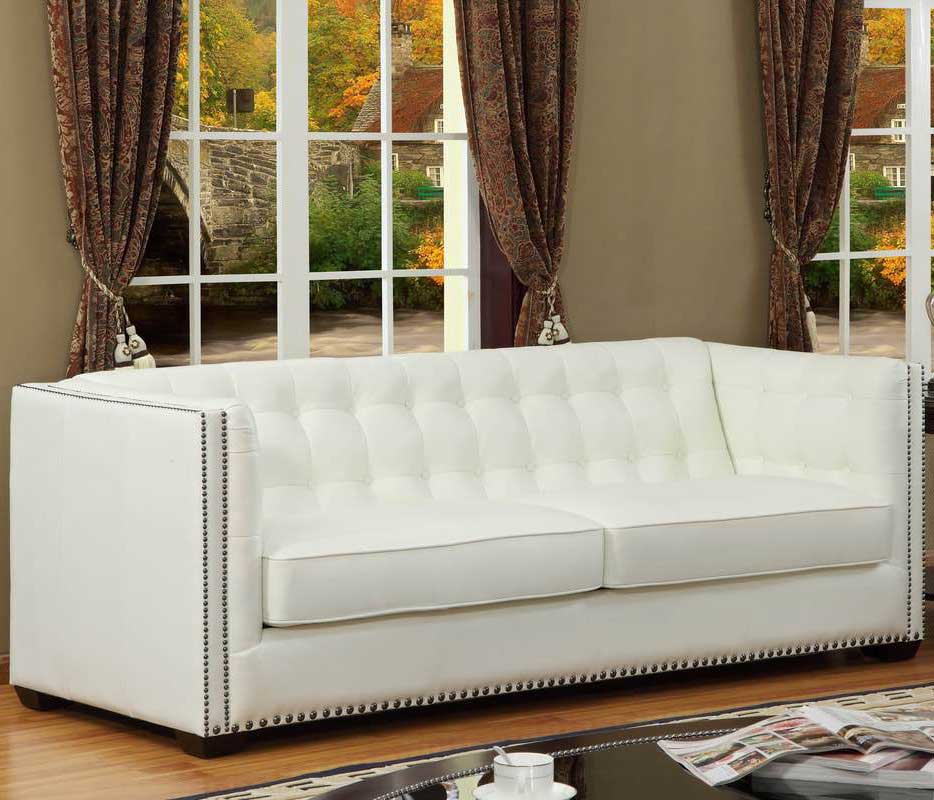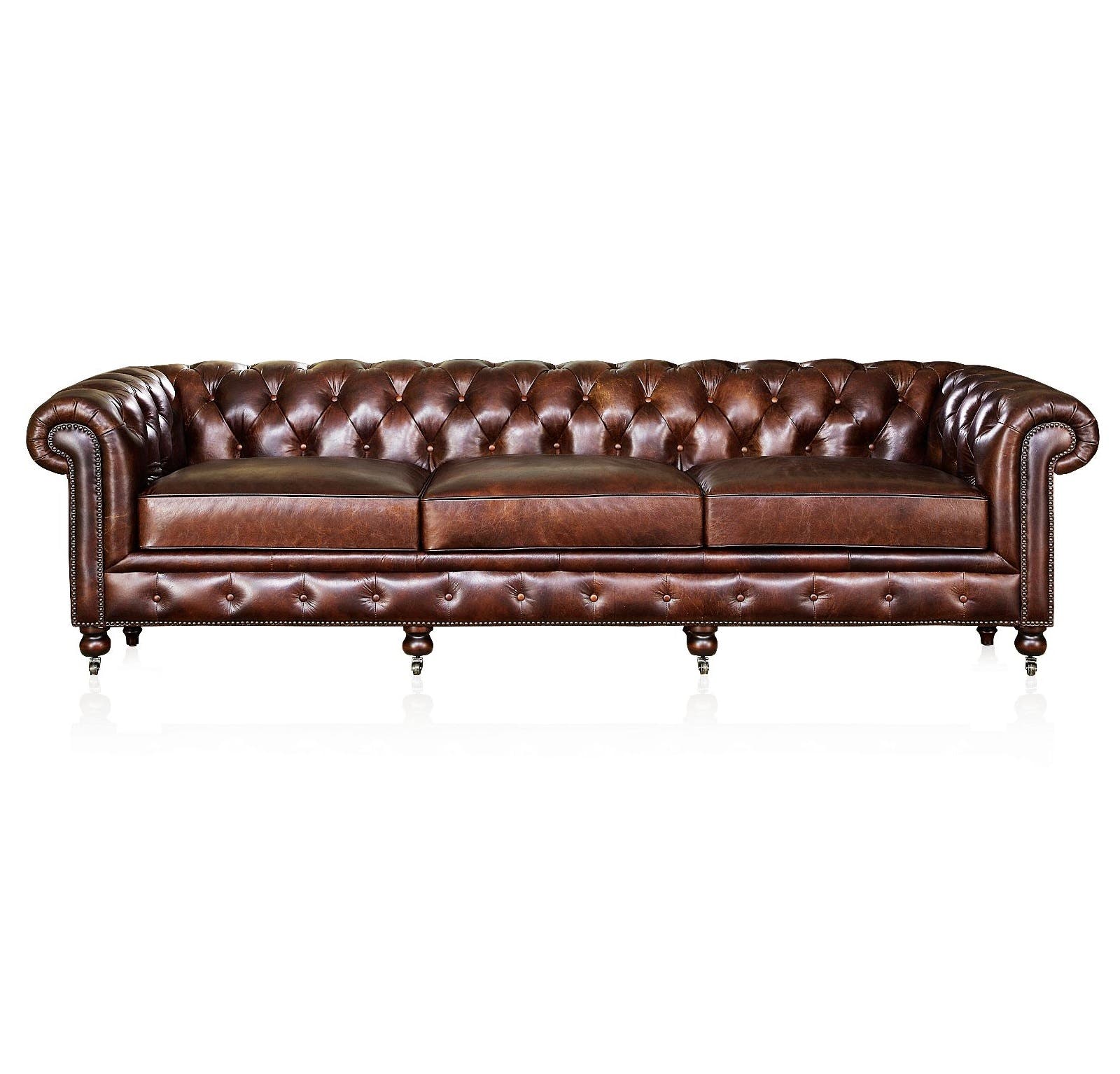Why Leather on Sofas Cracks More Often Than Leather Bags — And How You Can Maintain Your Beloved Leather Sofa
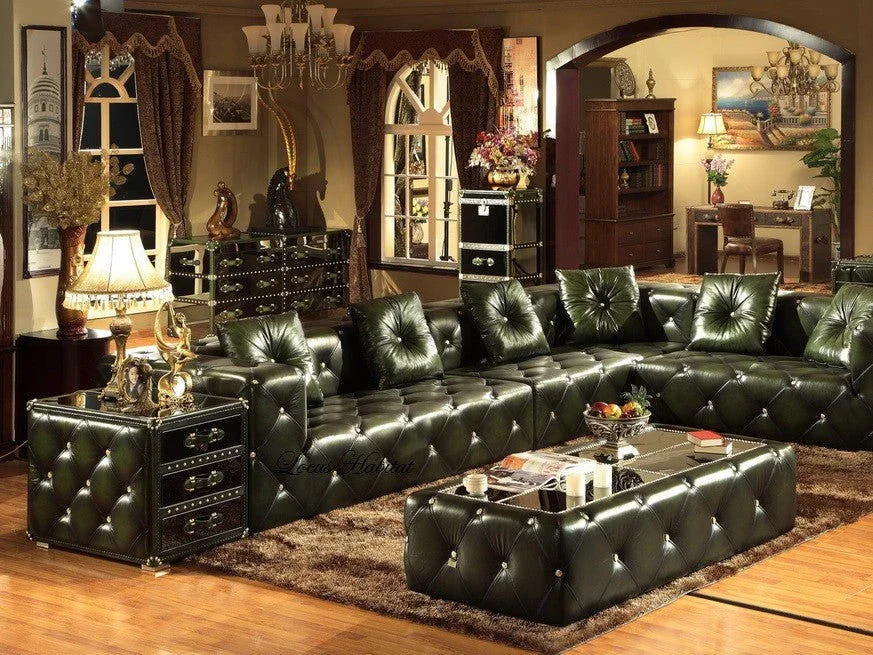
Leather is a timeless, luxurious material that exudes sophistication and warmth. Whether draped across an elegant Chesterfield sofa or fashioned into a refined handbag, leather has an undeniable allure. Yet many owners of leather sofas find themselves facing a frustrating reality: leather on sofas tends to crack and wear far more quickly than on leather bags. Why is this the case, and what can you do to maintain the leather sofa you love? This comprehensive guide will break down the science behind leather cracking, the different types of leather used, and effective strategies to prolong the life of your treasured piece.
Understanding the Tension Differences: Sofa vs. Bag
At the heart of the issue lies a simple but often overlooked principle: tension and stress levels on a leather sofa are exponentially higher than on a leather bag.
A leather bag, even when loaded with personal items, is designed to carry limited weight relative to the strength of its materials. In contrast, a leather sofa must withstand the constant pressure, friction, and weight of multiple users. Every time you sit down, shift positions, or lean back, you subject the leather to dynamic tension.
Key tension factors for sofas:
-
Static Load: Continuous pressure from the seated weight of individuals, often several times a day.
-
Dynamic Load: Stretching, pulling, and compression due to movements such as sitting, standing up, or lying down.
-
Environmental Factors: Direct sunlight, humidity, air conditioning, and even body oils all add additional stress.
Simply put, the leather on your sofa is under siege from both mechanical forces and environmental conditions, making it far more vulnerable to cracking compared to a leather bag, which typically faces much milder challenges.
The Nature of Leather Used in Sofas: Not What You Think
Another key reason for sofa leather's higher susceptibility to cracking lies in the type of leather itself.
Most leather used in sofas is artificially enhanced to save cost. While sofas are often advertised as "genuine leather," a critical detail is frequently omitted: the top surface you touch is often synthetic. Beneath this synthetic layer lies the real leather, whose primary role is structural — providing support rather than aesthetic appeal.
-
Top-Coated or Corrected Grain Leather: Genuine leather that has been sanded down to remove imperfections and then coated with a layer of synthetic material to create a uniform look.
-
Embossed Grain Leather: This is genuine leather that's been stamped with a grain pattern to simulate full grain. Over time, this type of leather tends to harden rather than soften, making it more prone to cracking under continuous tension.
-
Full Grain Leather: In contrast, full grain leather retains its natural grain and imperfections. Over time, it softens and develops a beautiful patina, making it ideal for long-term seating comfort.
If you want a leather sofa that ages gracefully, you should be looking for full grain leather, not just "genuine leather."
Why Leather Hardens and Cracks
When you sit on a sofa, the leather stretches to accommodate the pressure. If the cushions underneath are too soft, the leather overstretches. Over time, this constant stretching causes micro-tears in the leather fibers, leading to visible cracks. Moreover, in hot, humid climates like Singapore, UV exposure accelerates the drying process, causing the leather to lose its essential oils.
How Leather is Made Matters
During the tanning process at the tannery, leather is imbued with all the necessary ingredients to keep it moist and flexible. The leather is soaked, and the oils and tanning agents are absorbed from the back to the front of the leather.
Important point:
"Everything that the leather needs to stay healthy is already infused into it at the tannery."
Unfortunately, once these essential components are lost over time, it is currently impossible to fully restore the leather to its original, factory-fresh condition. This is why prevention is far wiser and more effective than reactive treatment.
Leather Maintenance Myths: Creams, Oils, and Moisturizers
Many well-meaning leather owners believe that applying creams, oils, or moisturizers regularly can rejuvenate aging leather. While these treatments can help marginally in dry climates, they often miss the mark in equatorial regions like Singapore.
Why moisturizers alone won't work in Singapore:
-
Abundant Sunlight: Direct UV rays degrade leather fibers, regardless of how much moisturizer you apply.
-
High Humidity: While it prevents drying to an extent, it also encourages mold growth on leather surfaces.
-
No Seasonal Change: In Singapore's consistent tropical climate, constant exposure to heat and moisture accelerates leather degradation.
Effective Ways to Maintain Your Leather Sofa
If you truly love your leather sofa and want to see it age beautifully, here's what you should do:
1. Protect Against Sunlight and UV Exposure
Blocking sunlight is half the battle won. UV radiation is one of leather's worst enemies. A few practical strategies include:
-
Use UV-blocking curtains or blinds during the brightest parts of the day.
-
Cover the sofa with a light blanket when not in use.
-
Arrange furniture layout so that the sofa is away from direct sunlight.
2. Invest in Firmer Seat Cushions
Detachable seats allow for foam replacement, which is essential for long-term sofa maintenance. Firmer cushions:
-
Reduce the amount of stretching the leather must endure.
-
Keep the seating shape intact, preventing sagging and overstretching.
Overly soft cushions may feel cozy at first, but they invite disaster by encouraging excessive leather strain and eventual cracking.
3. Regular Gentle Cleaning
Instead of soaking your leather in conditioners, focus on these maintenance basics:
-
Wipe the sofa weekly with a dry microfiber cloth.
-
Use a leather-specific gentle cleaner once every few months. If unsure, always check back with us.
-
Avoid using harsh chemicals, alcohol, or ammonia-based cleaners, which strip away the leather's natural oils.
4. Strategic Moisturizing (Optional in Singapore)
If you wish to apply a leather moisturizer, do so sparingly:
-
Choose a water-based leather conditioner. At Locus Habitat, we uses bees wax.
-
Test a small hidden area first to avoid discoloration.
-
Application duration defers case by case.
5. Rotate and Fluff the Cushions
Rotating seat cushions helps ensure that no single area bears all the pressure. Fluffing the cushions weekly maintains even support and minimizes tension hotspots.
Prevention vs. Cure: Why Prevention Wins Every Time
Once the leather loses its structural oils and flexibility, the damage is irreversible. Restoration creams and conditioners can improve appearance marginally but cannot fix the micro-structural breakdown inside the leather fibers.
Hence, proactive measures like UV protection, proper seating support, and regular cleaning are your best bets. Leather's natural ingredients were infused during the tanning process; preservation is about protecting what’s already there.
Choosing the Right Leather Sofa: What to Look For
If you are buying a new sofa or planning to upgrade, here are some quick tips:
-
Ask for Full Grain Leather: Avoid sofas that only advertise "genuine leather" without specifying the type.
-
Check for Detachable Cushions: Ensures you can replace foam when necessary.
-
Inspect Stitching and Support Frames: Quality craftsmanship extends sofa lifespan.
-
Evaluate Cushion Firmness: Softer is not always better; medium to firm cushions offer superior support and leather preservation.
Conclusion: Love Your Leather Sofa the Smart Way
Owning a beautiful leather sofa is an investment — one that pays off richly in aesthetic appeal, comfort, and luxury. However, understanding the inherent stresses on leather sofas, the type of leather used, and Singapore's unique climate challenges is essential to making that investment last.
Remember, creams and oils have limited benefit. In Singapore’s climate, shielding your sofa from UV exposure, using firmer cushions, and practicing gentle maintenance is far more effective. Prevention always trumps repair when it comes to leather.
The leather on your sofa carries a history — of your life, your comfort, your home. Protect it wisely, and it will reward you with decades of beauty, character, and timeless charm.





